Incubator/fluoresence microscope
Stand: Microscope stand configuration AFL
Objective: Objective A 4 / 0,10, Objective A 10 / 0,25, Objective SPL 20 / 0,35 (LD), SPL 40 / 0,60 (LD) in correction mount
condenser: Brightfield condenser NA 0,25 for attachment to the illumination unit
Illumination: HBO 100
Lamphouse: HBO 100 with collector, mirror, lamp mount and heat protection filter
HBO LAMP: Mercury high pressure lamp 100 W
Power supply: HBO 100 including mains cable
Filter slider: Filter slider for up to 2 filtersets
FITC Filter: Filter set D for immunofluorescence (FITC) blue excitation
Set of accessories: Set of accessories WS AFL, operating manual, dust cover
Report Abuse
Shipping Details
Based on 0 reviews
Be the first to review “Incubator/fluoresence microscope”
You must be logged in to post a review.
Vendor Information
- Store Name: ATLANTIC Scientific and Research Supply
- Vendor: ATLANTIC Scientific and Research Suply
- No ratings found yet!
-
Health & Medical
Disintegration Double Vessel
1 There are twelve tubes in two basket assembly.
2 Each test station is driven independently. Auto stop at timing point.
3 The bath liquid can achieve an even temperature.
4 A MPU is used to automatically control the temperature, time and frequency of nacelle back and forth.
5 Timing at will. The preset and real time data can be displayed alternately in time.
6 Automation: auto-test, auto-diagnose, auto-alarm.
SKU: n/a -
Health & Medical
Vortex mixer
Ideal for Mixing Solutions in Test Tubes or Small Flasks with Circular, Oscillating Movement
Variable Speed Control Allows Slow Speed Shaking Action up to High Speed Vortexing
CE Certified
PL(Product Liability) Insurance
Gentle Mixing to re-suspending Pellet
Supplied with Ø 76 mm Platform and Pop-Off Cup
Realize High Power, Stable Motion with Low Noise
Tough Metal Housing Provides a Stable Platform for all types of Mixing
3-position Power Switch Operates with Continuous Action or “Touch On” Control
Aluminum Die-casting with Powder Coating
Various Shapes, Sizes and Materials of the Head allows for mixing of almost all Common Tubes or ContainersSKU: n/a -
Health & Medical
E-Gel electrophoresis System
The Invitrogen E-Gel Power Snap Electrophoresis Device is designed for fast and convenient E-Gel agarose gel electrophoresis, from DNA sample loading to gel view. With the dry precast E-Gel agarose gel technology, you can run DNA samples in as little as 10 minutes and observe sample separation in real time. It is the only benchtop device that seamlessly integrates DNA sample separation and gel visualization into one workflow.
SKU: n/a -
Health & Medical
Melting point Appratus
OptiMelt provides a fast and accurate means of automatically determining the melting points and melting ranges of chemical substances. With microprocessor controlled temperature ramping, a built-in digital camera, and a selling price that is half that of competing models, OptiMelt offers the best value of any commercially available melting point apparatus.
SKU: n/a -
Health & Medical
Laminar air flow vertical
ESCO Airstream vertical laminar Flow Clean Benches LVG offer proven protection for your samples and processes where operator protection is not required. Vertical laminar flow offers certain tangible advantages over horizontal flow clean benches (which may be conventional in some parts of the world), such as lower energy consumption (40% of conventional systems) levels through the use of exclusive motorized impeller technology and less airflow turbulence (especially when large objects are used in the work zone). In fact, the negative pressure filter mounting system employed on these models is widely recognized to be superior to that of conventional horizontal flow clean benches.
ISO Class 3 air cleanliness within work zone as per ISO 14644.1 (Equivalent to Class 10 as per US Federal Standard 209E, 10 times “cleaner” than the usual Class 100 classification on clean benches offered by the competition).
High-quality polyester pre-filter and main ULPA filter with a typical efficiency of 99.9997% at MPPS and 99.9998% at both 0.3 and 0.12 microns provide the best product protection in the world; typical main ULPA filter lifespan is more than 3 years depending on the usage of the clean bench.
Mini-pleat separator-less ULPA filter technology reduces energy consumption and delivers increased laminar airflow uniformity for better product and cross contamination protection.
Integral filter metal guard on both sides prevents accidental damage to ULPA filter; seamless filter gasket is permanently melded on the filter frame and will not deteriorate over time; aerosol (DOP/PAO) challenge test port included.SKU: n/a -

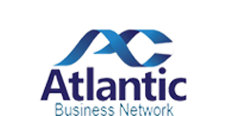
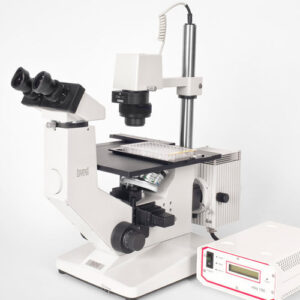
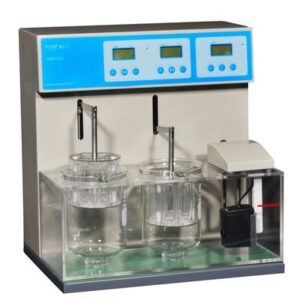
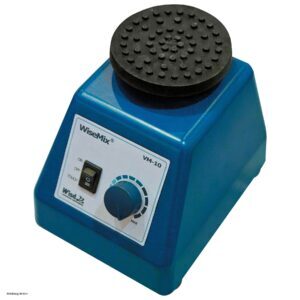
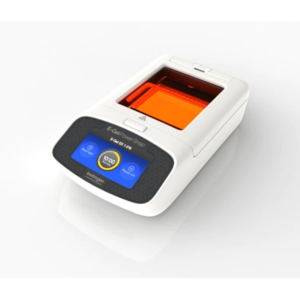
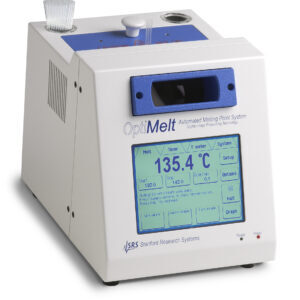
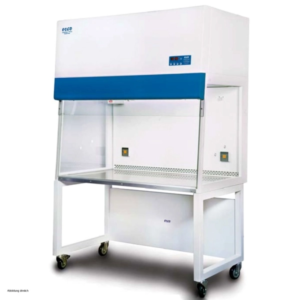
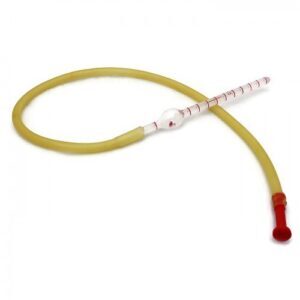
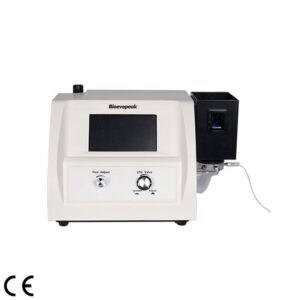
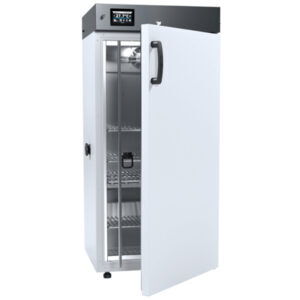
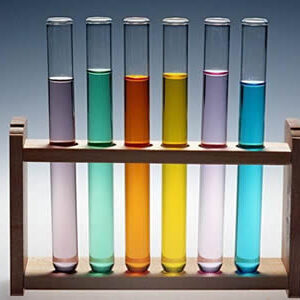
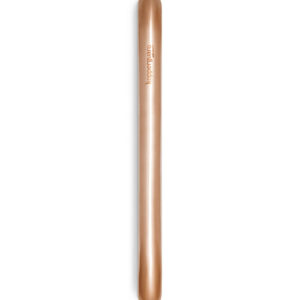
There are no reviews yet.